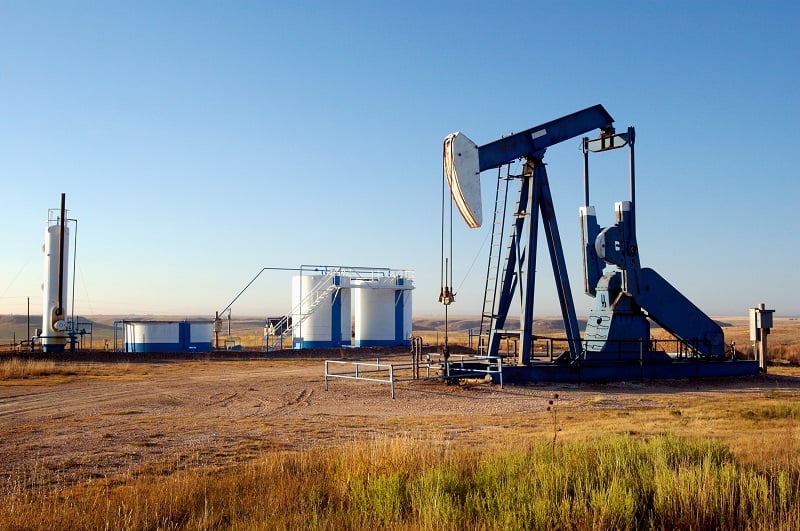
Callum Provan
Content Strategist
The International Energy Agency’s (IEA) World Energy Investment 2023 report yesterday revealed that clean energy investment has overtaken fossil fuel spending at a ratio of USD 1.7:1, with investment in solar power set to overtake investment in oil production for the first time.
Dr Fatih Birol, Executive Director of the IEA and longstanding energy spokesperson, opened the press conference with headline data showing a rapid increase in sustainable energy adoption.
The amount of investment in clean energy per year now stands at USD $1.7 trillion, compared to USD $1 trillion in fossil fuels. Five years ago, that ratio was 1:1.
“A new clean energy economy is emerging, and emerging much faster than many people realise,” Dr Birol said.
He also drew attention to solar power, describing it as the “shining star of the global energy investment landscape”. More than USD $1 billion per day is now spent on solar power, according to the IEA, and it is expected to overtake oil production investment for the first time this year.
Looking at the oil and gas industry, the report highlights that less than half the available cash flow is going into new supply, down from three-quarters last decade, with more than half now spent on dividends, share buybacks, and debt repayments. The percentage going to clean energy is “less than 5% today”, Dr Birol said.
Investors can read the IEA overview and key findings at a glance as well as download the full report.
Headwinds
Tim Gould, the IEA’s Chief Energy Economist, who spoke at our AGM in 2022, followed with a closer look at the findings.
Noting an “incredibly dynamic period” which included the COVID pandemic, the war in Ukraine, and the subsequent energy crisis, he reiterated that the clean energy environment today is very different from five years ago.
However, he stressed the need for caution and pointed to the challenges ahead:
“Growth in clean energy is strong but uneven – almost all growth has come from advanced economies, and we need to see more from elsewhere,” he said, highlighting the crucial role of emerging markets and developing countries in the energy transition.
He also identified potential headwinds from policymakers and clean energy suppliers. This comes alongside today’s challenge of adapting energy grids to use these new energy sources:
“In a world where you can build a new utility-scale project in two years, but a grid takes at least double that, your network planning needs to run ahead of the curve,” Tim said, explaining that so far this has not been the case.
When asked to expand on the investments of oil and gas companies, the economist was measured in his response:
“Oil and gas investment has been rising, the adequacy of that investment depends on your view,” he replied, before explaining that the future depends on how quickly the world builds alternative ways of meeting the demands currently met by fossil fuels. This is particularly important in fast-growing emerging economies, he reiterated.
“OIL AND GAS INVESTMENT HAS BEEN RISING, THE ADEQUACY OF THAT INVESTMENT DEPENDS ON YOUR VIEW.”
A powerful alignment
When asked what has driven the shift in clean energy investment, Dr Birol pointed to three major factors: cost, policy, and industry incentives.
He highlighted that mature, clean energy technologies are becoming price-competitive “almost everywhere”; that governments have scaled up their support for clean energy; and that industry incentives such as the US IRA, EU Green Deal Industrial Plan and Japan’s Green Transformation have sent clear signals to businesses.
While presenting at the recent G7, he explained that Japan had also invited the leaders of many fast-developing markets to join discussions including Prime Minister Modi of India, President Lula of Brazil and President Widodo of Indonesia.
“I was very positively surprised that such a diverse group of world leaders all agree on clean energy as the future of the world,” he said. His view is that if these trends continue, we may soon see a vastly different energy system “which can keep our 1.5° target alive.”
Though this enthusiasm was tempered by his Chief Energy Economist, even Tim Gould was cautiously optimistic:
“There’s still a long way to go, but finally these are some encouraging signs for us all to work with.”
If you’d like to take part in our working groups, be the first to see insights and analysis, or join us at our member-only events, why not speak to our investor relations manager today to find out more about becoming a part of IIGCC.